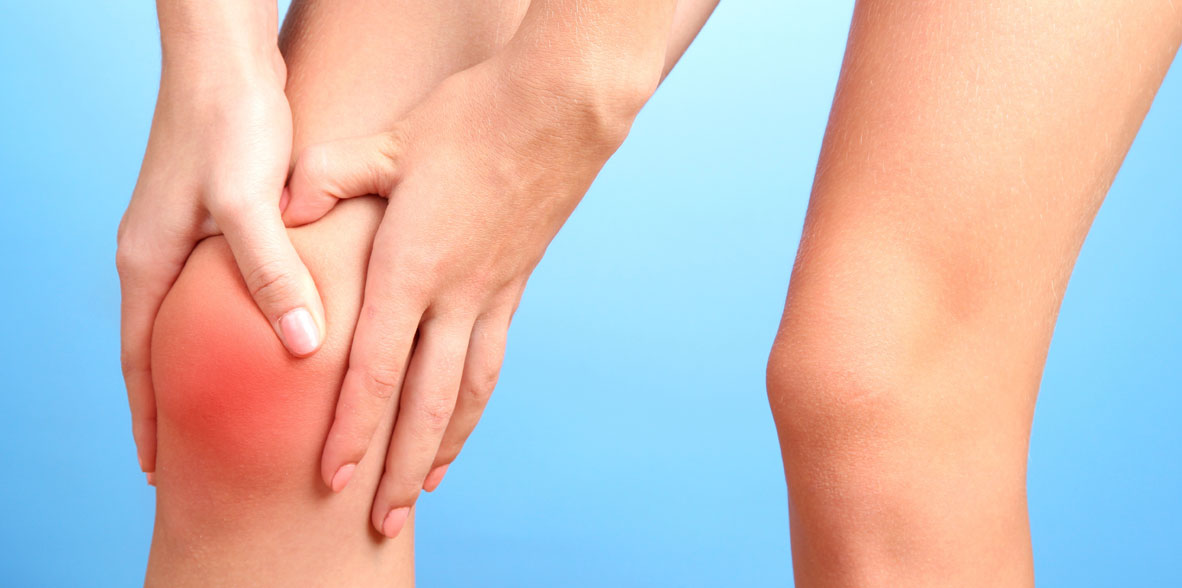Selector d'idioma
Selector d'idioma

Consultorio

Castro Domínguez FranciscoReumatología
- ReumatologíaCentro Médico Teknon
 ReumatologíaHospital Universitari Sagrat Cor - Centro Médico Teknon
ReumatologíaHospital Universitari Sagrat Cor - Centro Médico Teknon
Psoas tendonitis, also known as iliopsoas tendonitis, is a condition in which the tendon of the psoas major muscle becomes inflamed.
Causes:
Psoas tendinitis can be caused by several factors, including:
- Repetitive overload: Activities that involve repetitive hip flexion, such as running, jumping, or weight lifting, can place excessive stress on the psoas tendon and lead to inflammation.
- Direct trauma: Traumatic injuries, such as a fall or blow to the hip, can cause damage to the psoas tendon.
- Biomechanical changes: Alterations in the biomechanics of the hip, spine, or posture can increase the risk of developing psoas tendinitis.
- Inflammatory diseases: Some autoimmune diseases, such as arthritis, can increase the risk of inflammation of tendons, including the psoas tendon.
Diagnosis:
Diagnosis of psoas tendonitis is usually made through clinical evaluation and may include the following steps:
- Medical history: The doctor will collect information about symptoms, physical activity, and any previous injuries.
- Physical exam: During the exam, the doctor will look for tenderness in the groin region and perform movement tests to evaluate the range of motion of the hip.
- Imaging Studies: Although not always necessary, imaging studies such as magnetic resonance imaging (MRI) or ultrasound can provide a more detailed visualization of the tendon and confirm the diagnosis.
Treatment:
Psoas tendinitis treatment is tailored to each patient's individual needs and may include:
Conservative management:
- Rest: Avoid activities that trigger pain and allow the tendon to recover.
- Physical Therapy: A physical therapist can develop a specific exercise program to strengthen surrounding muscles, improve flexibility, and reduce the load on the tendon.
- Medications: Nonsteroidal anti-inflammatory drugs (NSAIDs) can help reduce inflammation and relieve pain.
- Corticosteroid injections: In cases of significant inflammation and pain, corticosteroid injections can be administered to the affected area.
Surgery:
Surgery is rare in cases of psoas tendinitis and is generally reserved for situations where other treatments have failed. It may involve repair or release of the tendon.



































